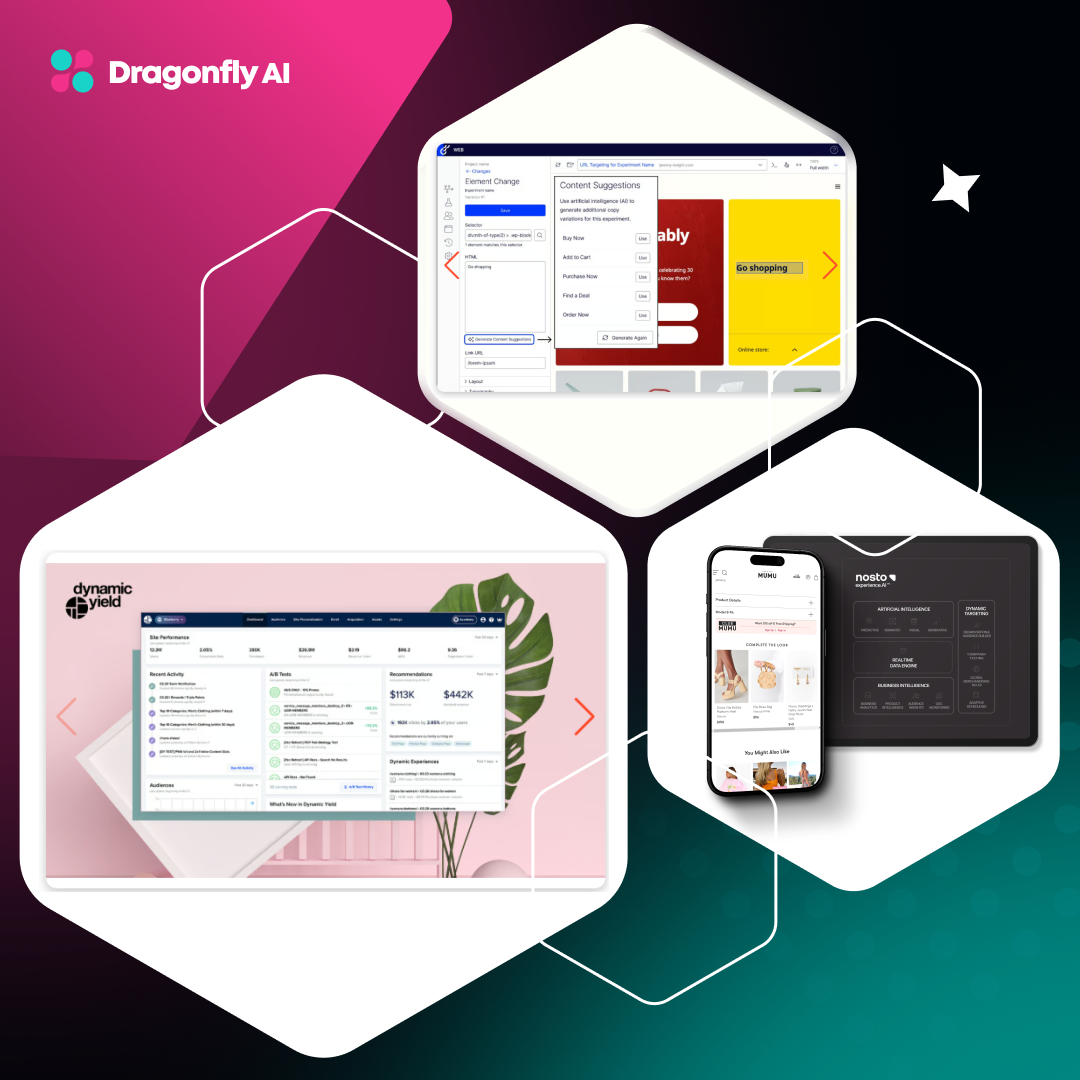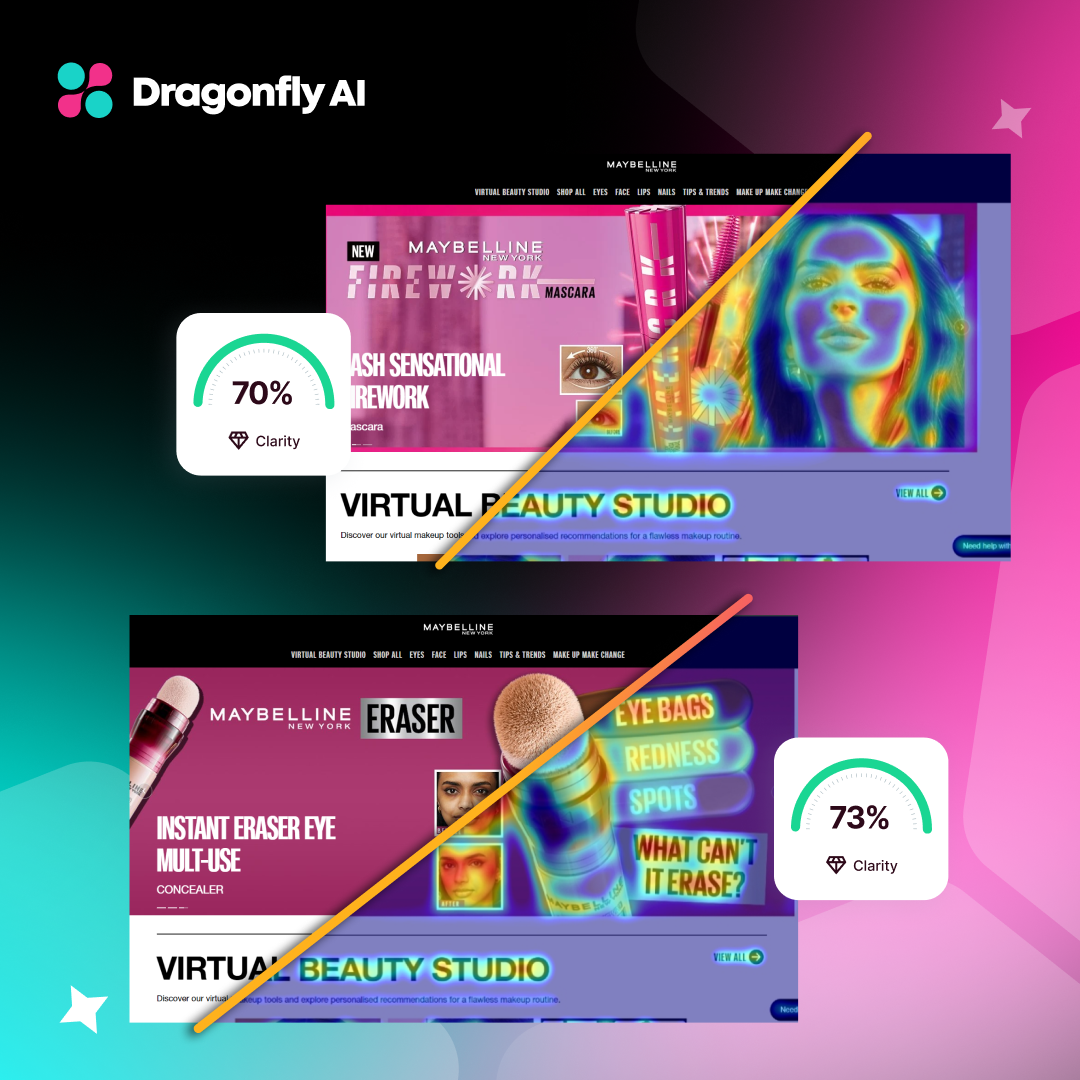Third-party cookies have been used as a way to effectively spy on users. They are places on the user’s device by a different website via third-party images or ads. Third party cookies act as trackers using the user’s browsing activity to drive targeted ads.
There are benefits such as personalized advertising, user analytics, and better user experience, but the disadvantages of privacy concerns, security risks, and a lack of transparency. In early 2020, Google announced that they would be phasing out support for third party cookies in Chrome by 2022. This has been pushed back twice and is currently on ice until the second part of this year.
Of course, tracking remains a critical part of delivering personalization to users which is why adopting new data-driven strategies will be essential for CPG brands to succeed. There are methods such as device fingerprinting, GA4 server-side tracking, and first-party data that can be integrated for data driven marketing campaigns.
Predictive AI can be a beneficial support through the transition with enhanced consumer insights, optimized creative assets, efficient media spend, and real-time adaptation. Incorporating predictive AI into your workflow will bolster the data led approach for effective marketing across channels.
But what else do you need to know about this pending shift, and how can you ensure that your strategy is bullet-proof as it comes into play?
Understanding the Post-Cookie Landscape
Google has been working on the Privacy Sandbox as a way to:
- Develop new technologies to support user information privacy
- Empower deliverability of online content without intrusive tracking
- Collaborate with the industry to establish new privacy standards
The truth is that people are feeling violated by how much information is held by companies to better sell to them which is why an alternative needs to evolve. What that means for digital marketing is further challenges in validating how effective digital campaigns will be.
For example, without third-party cookies the algorithm can’t effectively push personalized ads to consumers which means that getting the right content in front of potential customers becomes more of a challenge.
And what about traditional CPG marketing strategies? We have seen a massive uptake over the last 12 months of brands such as Coca-Cola, Unilever, Reckitt, Henkel, and Nestlé leaning on generative and predictive AI for alternative sources of data. Third party data allowed CPG brands to optimize campaign performance by improving audience segmentation and ad targeting.
.png?width=1280&height=700&name=Blog%20Image%201%20(24).png)
Now there is an urgency to pivot towards first-party data and zero-party data approaches. Such as PepsiCo’s development of pepviz, its inhouse solution bring real-time data, advanced analytics, and machine learning together for predicting behavior, smarter targeting, and a complete customer approach.
The Rise of First-Party and Zero-Party Data
First-party data is data that your company collects directly from your audience pool through customers, website visits, or social media.
What you really want to know is how to use first-party data. First-party data comprises of demographics, purchase history, website analysis, customer feedback, and social media. It comes with a party of advantages, such as;
Across CPG marketing, first-party data can be utilized for personalized marketing campaigns, lookalike audiences, audience suppression, and attribution.
What about zero-party data?
Zero-party data is when a customer proactively shares information with your company such as someone filling out a sizing guide at a clothing shop or giving you their pets details for a pet food brand.
The largest benefit of zero-party data is accuracy. As it is provided directly by the customer, the source isn’t in question. Companies who can gather this data compliantly can develop high powered ecommerce personalization.
Of course, with every method of data collection, there are potential dilemmas.
Challenges in collecting, managing, and activating these data types at scale.
Predictive Attention AI: The Next Frontier in CPG Marketing
Digital is in beast mode and it is not going to slow down anytime soon which is why CPG companies have to adopt more innovative approaches to keep their competitive edge. Predictive attention AI is a remarkable tool offering insights into consumer behavior that empower CPG brands to make decisions pre-flight for higher creative impact.

Having creative confidence is like a superpower. Predictive attention AI works by analyzing data which feed attention mapping algorithms. These insights are then integrated into decision making processes to optimize creative effectively. The real time adaption means that in a post-cookie world, not only is it highly valuable for CPG brands, it’s also much faster.
Several global champions have seen success;
Coca-Cola implemented predictive attention AI to optimize their digital advertising campaigns. They increased ad engagement by 30% thanks to the deeper understanding of visual elements and messages that resonated more with consumers.
Unilever personalized their content delivery on social media with predictive attention AI. They analyzed data and predicted which content would generate the most attention. Unilever saw a 25% increase in user interaction and a 15% lift in conversion rates as a result.
Real-time personalized marketing will be revolutionized by predictive attention AI, it’s a critical time for CPG companies to get on board.
Building a Data Acquisition Strategy
CPG companies can collect first-party data and zero-party data in several ways:
- Own channels such as website, mobile apps, and social media to gather first party data.
- Customer loyalty programs that encourage customers to share their data in exchange for rewards.
- Surveys and feedback forms to collect zero-party data directly from the consumer.
- Implement systems to capture data during in-store visits such as through digital receipts, loyalty card swipes, or interactive kiosks
- Partner with other brands or platforms to co-host events promotions to gather relevant consumer data.
Offering value in exchange for data is a great way to encourage consumers to share with you. Examples include:
- Providing tailored product suggestions based on collected data to enhance shopping experiences
- Access to special content, early product releases, or member-only discounts
- Add in gamification elements like quizzes, contents, and challenges that encourage data sharing and enhance engagement
- Develop interactive tools like sizing guides or product finders
- Always communicate what data is being collected and how it will be used so consumers retain the power over their own data
Data is so important for all companies' post-cookies but ensuring customer trust is just as valuable. Make sure that privacy policies are clear, consent is managed, and data is always protected.
Activating Data with AI for Granular Targeting
Personalized marketing is where the money is. Leaning on data powered AI allows advanced segmentation of audiences, personalized content delivery, behavioral predictions, and dynamic campaigns.
.png?width=1280&height=700&name=Blog%20Image%203%20(22).png)
The beauty of predictive AI is how effectively it can optimize visual assets which improve engagement through visual attention mapping, enhanced creative design, real-time adjustments, and better engagement from consumers.
CPG brands globally are smashing targets with AI-optimized approaches. Consider PepsiCo’s utilization of predictive AI which resulted in more effective targeting and higher ROI. Or Nestlé’s implementation of AI-driven real time personalization using first-party data to enhance customer experiences.
Preparing for a Future-Proof Marketing Strategy
Transitioning smoothly into a post-cookie world is essential for future-proofed marketing strategies.
The key steps for CPG companies to get it right are:
- Build systems for collecting and managing first-party data and zero-party data. Things like optimizing your website, creating engaging content, and developing loyalty programs
- Ensure there are transparent data privacy policies that are compliant and regulated
- Use Customer Data Platforms (CDPs) to centralize and manage consumer data from several sources to establish unified customer profiles
- AI and ML are your friends. Integrate these technologies to analyze data, predict consumer behavior, and personalize marketing campaigns.
- Regular A/B testing to optimize your marketing strategies to identify what works best in the absence of third-party cookies
Technology is a big part of evolution. Investing in technology means your company will benefit from AI and data analytics in a financially positive way.
Conclusion
CPG companies have historically relied heavily on third-party data for targeted advertising, with the new cookie change there is a demand for change. Whilst the significance of this shift cannot be diluted, there is also ample opportunity to innovate and adopt more sustainable privacy-focused strategies.
First-party and zero-party data gives brands the chance to establish stronger and more direct relationships with their consumers.
The aspect of future proofing basically means utilizing the best technology for the job allowing CPG companies to stay agile.
Further Resources
Optimizing In-Store Advertising with Predictive Insights
Improving Ecommerce Conversion Rates Through Data-Driven Insights
Insight-Driven Customer Journey Mapping for CPG


.png?width=1280&height=700&name=Blog%20Image%201%20(24).png)

.png?width=1280&height=700&name=Blog%20Image%203%20(22).png)
